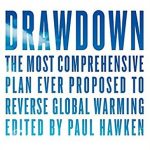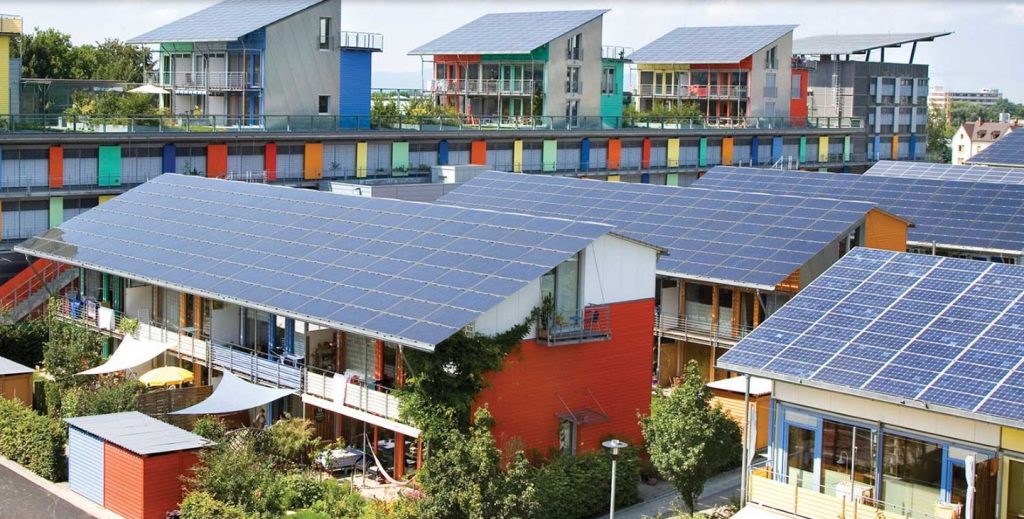Book Review: Drawdown
 Reviewed by Pauline Allen. Rahus Institute-Solar Schoolhouse. 20171129
Reviewed by Pauline Allen. Rahus Institute-Solar Schoolhouse. 20171129
Drawdown: The Most Comprehensive Plan Ever Proposed to Reverse Global Warming
edited by Paul Hawken, is truly the first of its kind. As an educational tool this book is exceptional. Using mathematical models Drawdown Fellows calculated the impact of the top 80 solutions based on the amount of greenhouse gas reduction and the economic cost/savings.

First off, let’s look at the meaning of “drawdown”. Most previous climate change literature tells us that we need to “mitigate” and “reduce” emissions in order to “combat” or “fight” global warming. As Paul Hawken says, “if you are going down the wrong road and slow down, you’re still going down the wrong road.” For the Drawdown team it is important to stop using violent military analogies when referring to climate change and to draw the attention from what we are doing wrong to what can be done. Drawdown refers to the specific goal of lowering carbon dioxide concentrations in the atmosphere and bringing that carbon back to earth.

Drawdown uses language that is understandable to the public, instead of using alienating technical lingo. On the website all the solutions in the book are listed by rank and sector (Energy, food, women and girls, buildings and cities, land use, transport, materials, coming attractions) with references and methodology provided. This means that if you want to have every student in your class research a different solution and report back to the class, all the information is available online! On the website, one can also read about the research fellows— the impressive diverse group of women and men from all over the world that put Drawdown together.

In Hawken’s talk on Drawdown at Seattle Town Hall, he mentions what the Drawdown team found most surprising about the results. Eight of the top 20 solutions are in the food category (including #3 reduce food waste and #4 plant rich diet), while 5 of the top 20 solutions are energy related. But most surprising is that if you combine #6 educating girls with #7 family planning, then empowering women is the top solution to climate change!
Hawken makes it clear that although some solutions have bigger impacts, we need all of them. If people want to take action, they should work on whichever solution they personally resonate with.


